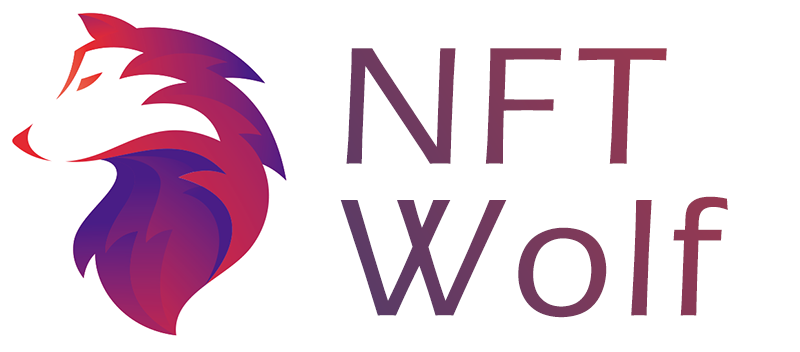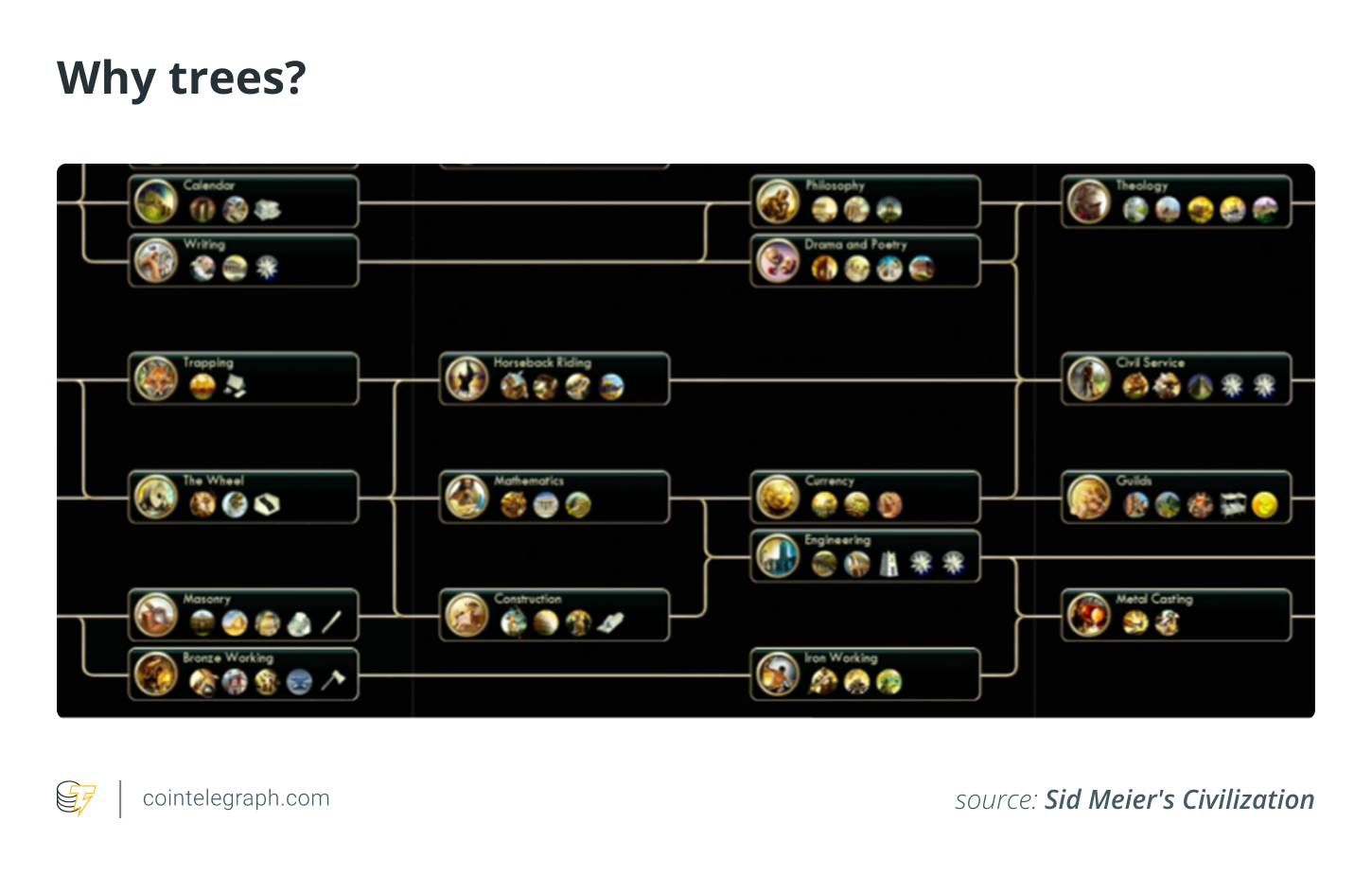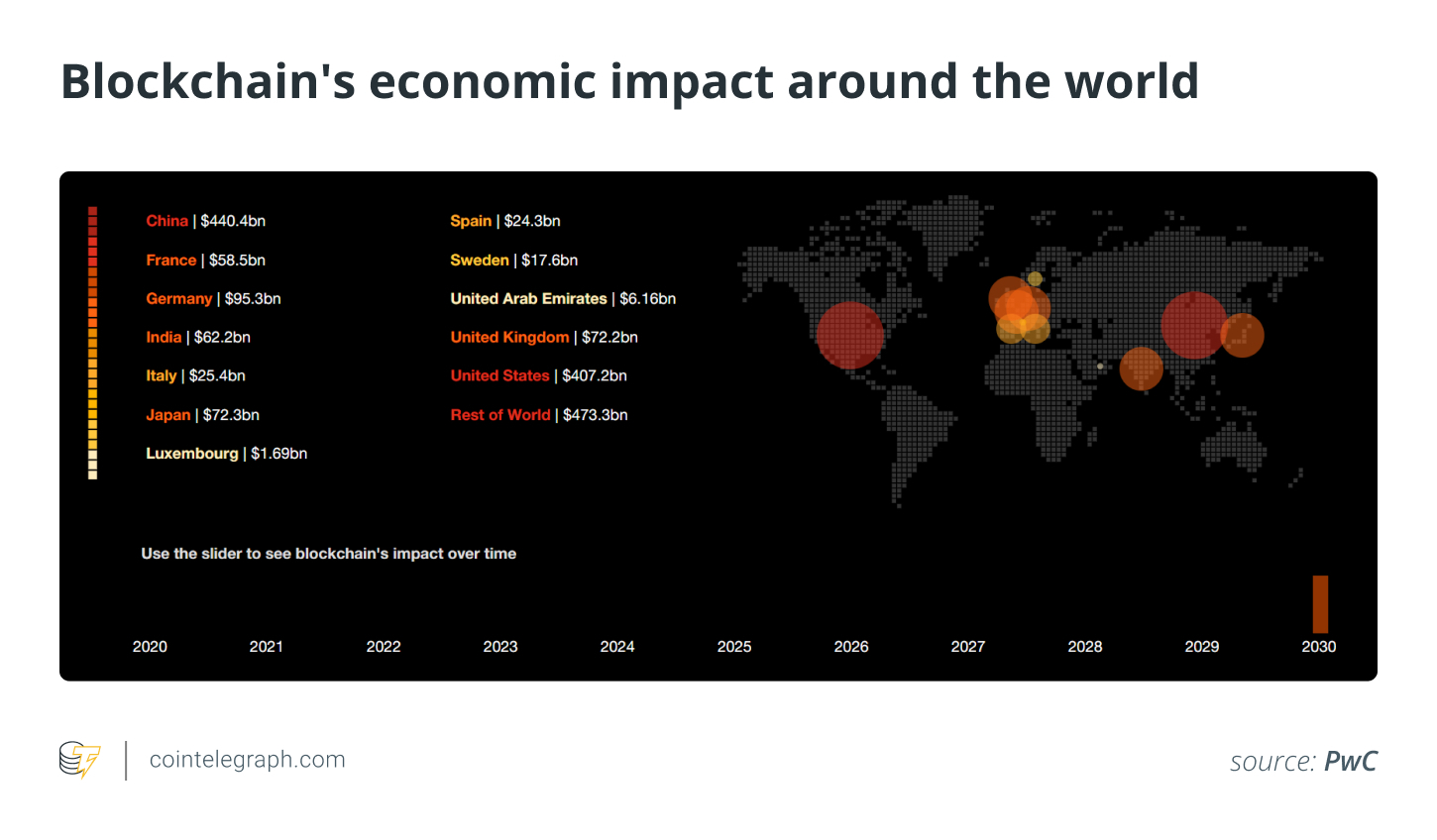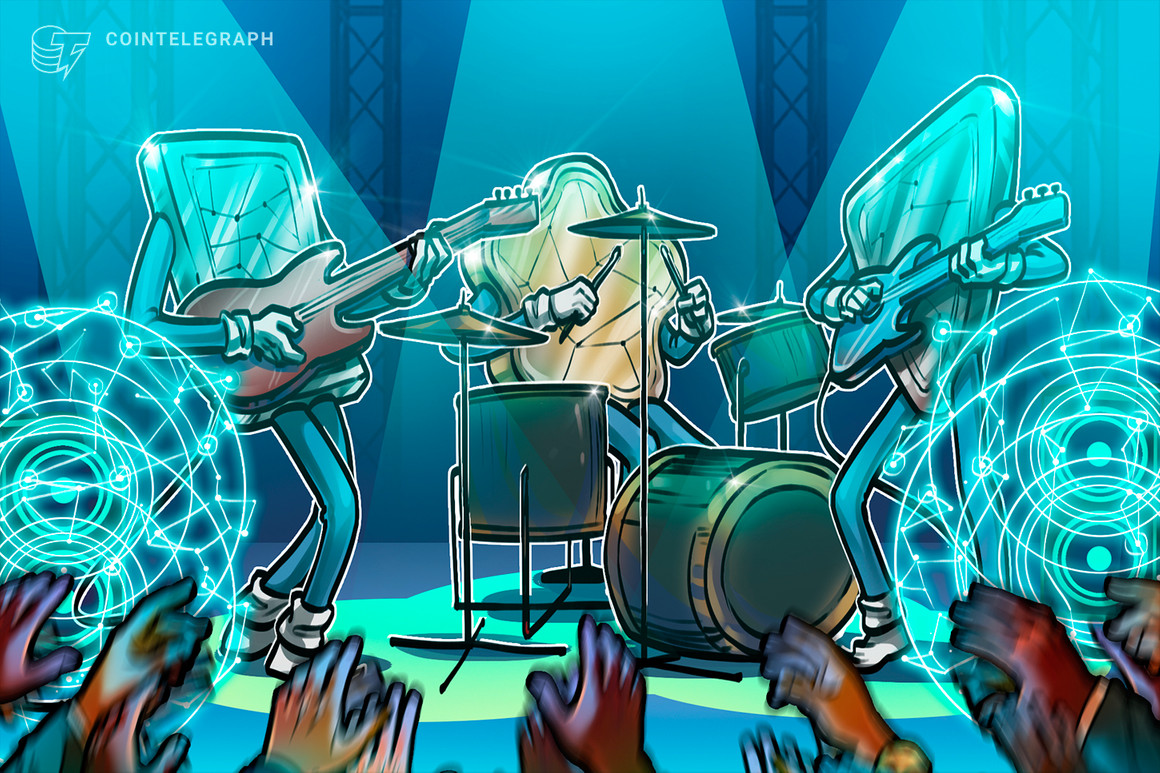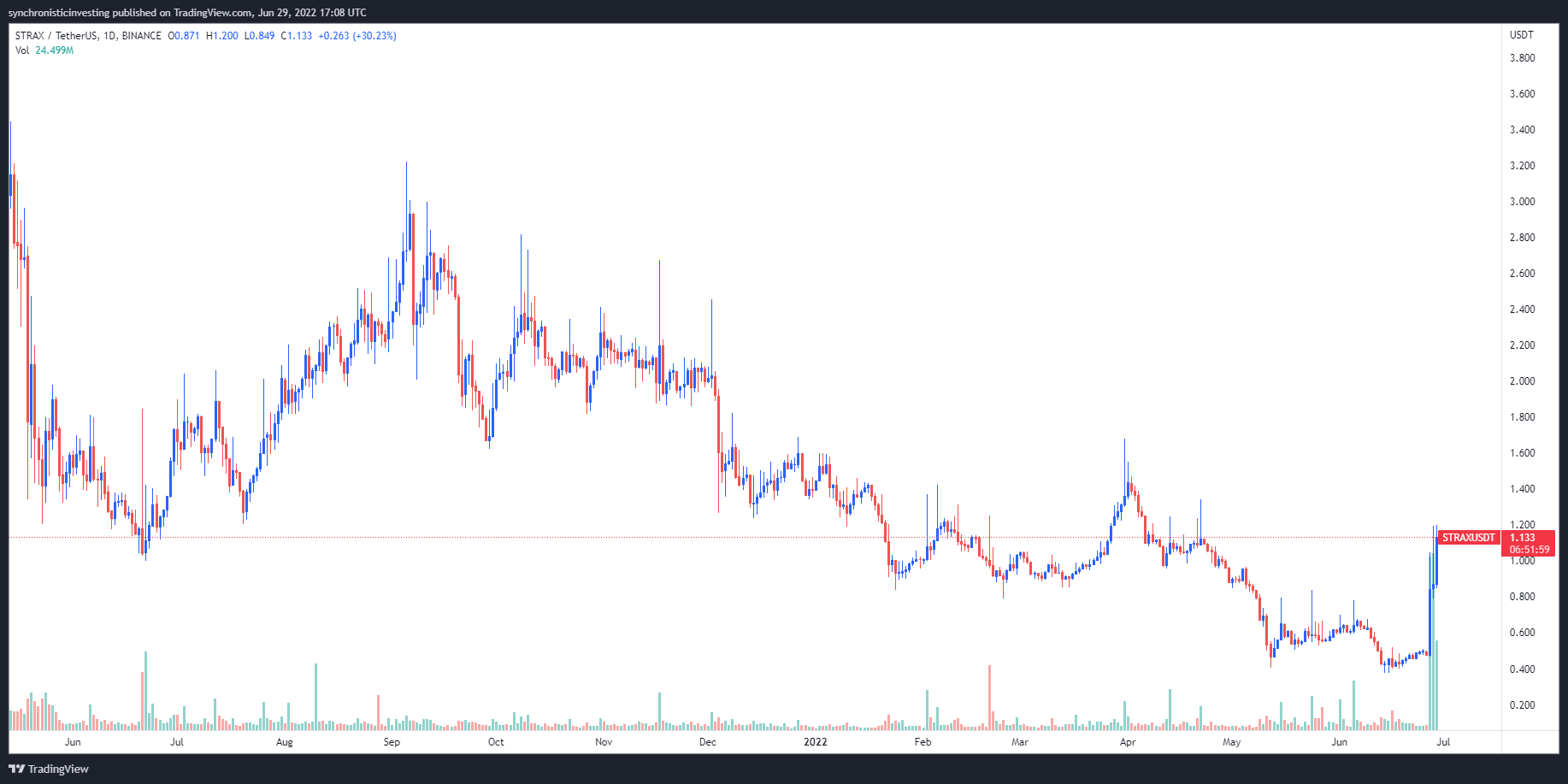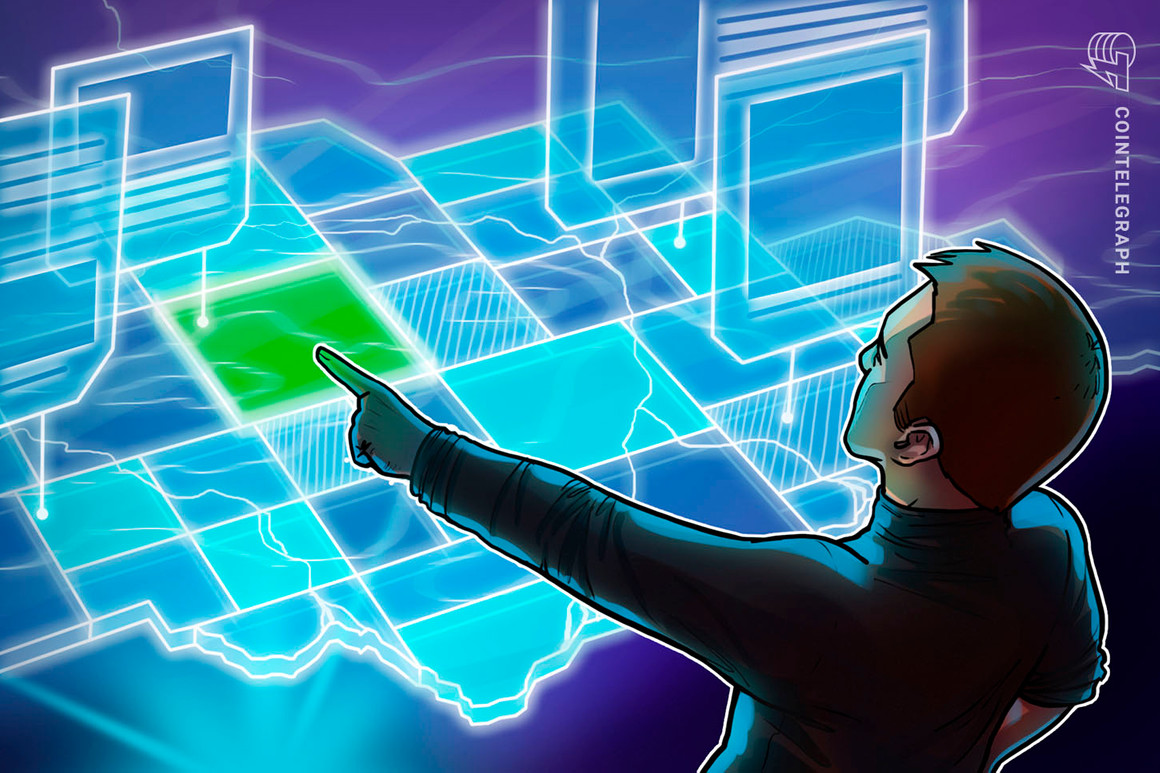You can’t avoid the many scams when you are an active NFT trader. Phishing, counterfeit NFTs, and pump-and-dumps are the most popular NFT scams.
2021 was a breakthrough year for non-fungible tokens (NFTs). . There are risks when something becomes popular, such as decentralized financing (DeFi) or the latest version of the Web, called Web3.
You don’t need to give hackers twice the advice that you follow with money. Hackers stole $14 billion last year from crypto-related hacks. Yet, the number of cryptocurrency crimes has risen 79% and the risk is still high. How can NFT traders avoid being scammed? First, you need to be educated. Understanding the most common NFT scams will help you get your tokens safely.
NFT pump and dumps are not good news. NFT scammers will make use of hollow-hearted information in order to increase the floor price (representational price of an item at the lowest price, updated in real time) of an NFT of interest. They are able to sell their items, leaving others empty-handed if they succeed in their strategies. Another common trick is the technical assistance scam. You will most likely see the scammers in Telegram and Discord right under your nose.
This phishing scam does not seem obvious. Scammers create fake pop-ups that link to ordinary-looking pages such as your wallet. First-time buyers may have difficulty getting the deal done so they accept help with investing in NFTs. The scammer digitally disguised asks you for your personal information which he then uses to steal your assets.
In the world of intellectual properties, there is no other common NFT scam than the third. Artists put in a lot of effort to create their original designs. It takes many hours to create an NFT collection. When they are copied by another person, it’s like eating a bitter apple. Scammers will take an artist’s work and make it into an NFT. Buyers will think they are investing in original artwork, and then place high-value bids.
